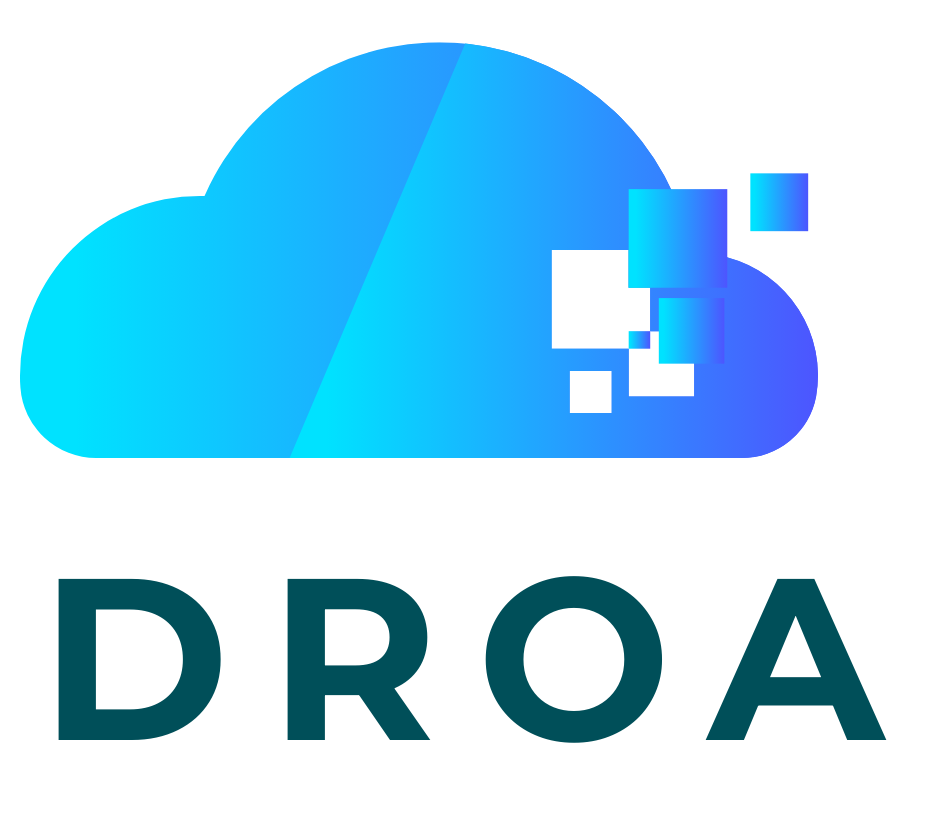By defining the future state in the organisation, the business analyst will define which objectives and goals are to be met to satisfy stakeholders’ needs and identifies which organisational parts will undergo changes to accomplish those goals. The analyst defines the environment in which the needs of an enterprise will be satisfied.
To do this the BA must first define success and what will be considered as a successful outcome. The planned outcome must be achievable with available organisational resources and agreed on with stakeholders. The level of detail at which the future state is described should enable identification of competing strategies, provide a clear and easily understandable definition of the outcome, explain the scope of the solution, assess the expected value, and create conditions for the agreement of all of the key stakeholders.
The definition of the future state should include the future context, organisational components that have been removed, added, or modified, changes of the organisational boundaries, relevant relationships, and expected outcomes. The description of the future state helps stakeholders gain a better understanding of the value the changes will bring and guides them through the decision-making process. If the value is difficult to predict, the future state definition should include adequate performance measures.
The primary inputs for defining the future state are business requirements that the future state will deal with. The expected outputs are business objectives, future state descriptions, and potential values.
The “Define Future State’ task is very complex and has several elements:
- Business goals and objectives;
- Scope of solution space;
- Constraints;
- Organisational structure and culture;
- Capabilities and processes;
- Technology and infrastructure;
- Policies;
- Business architecture;
- Internal assets;
- Identifying assumptions;
- Potential value.
Helpful guidelines and tools for defining the future state are current state description, metrics, and key performance indicators (KPIs), and organisational strategy.
The key stakeholders at this stage of business analysis project are customer, domains subject expert, end-user, implementation subject matter expert, operational support, project manager, regulator, sponsor, supplier, and tester.







